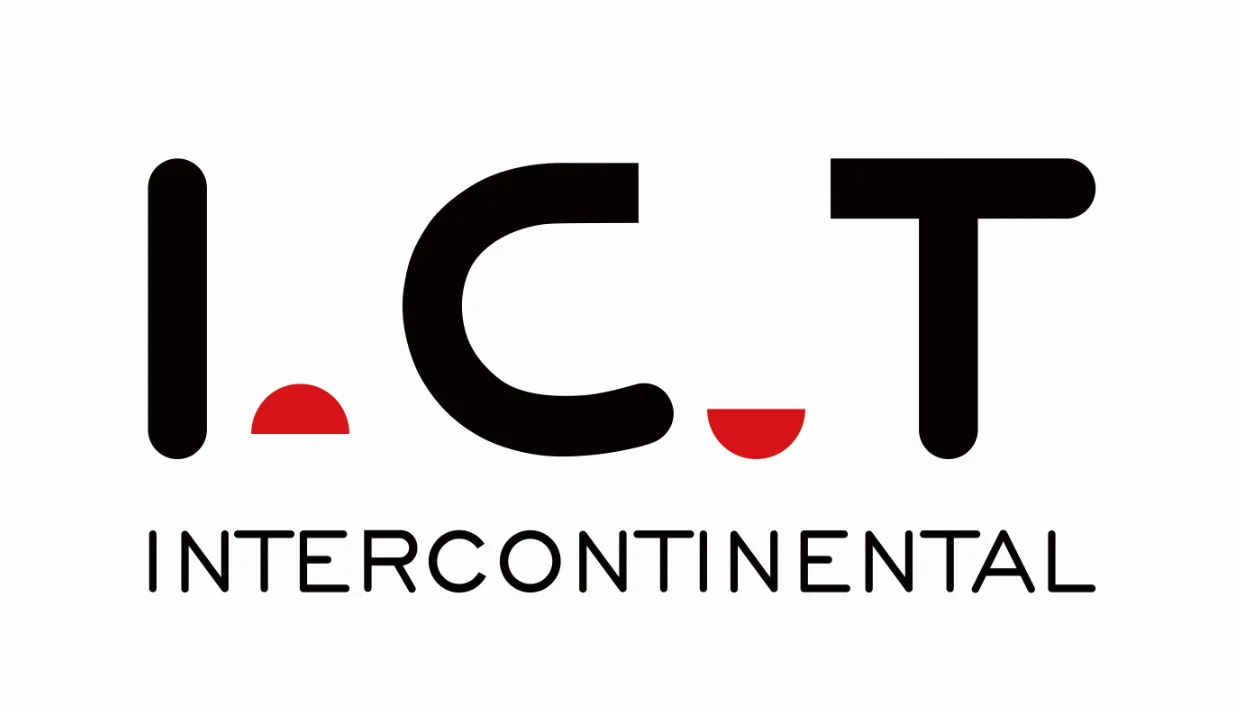There is nothing static about soldering, as it evolves and changes along with the products it's used to create and the last few decades of selective soldering trends reflects that. In fact, the past 50 years have been nothing short of revolutionary for soldering as a skill, as automation and various soldering technologies have completely redefined what soldering can accomplish and what kind of soldering can be done.
Recent years have been active as well. Here are 5 trends in selective soldering that are likely to sustain in coming years, as they have become far more prominent and continue to grow.
Miniature Wave Soldering Becoming Far More Prevalent
Manufacturers have come to accept the growing need for flexibility but also the need for leaner, more flexible processes, which has led to growth in use of miniature wave soldering in lieu of older wave soldering machines and processes. Wave soldering still has it's place, but it has certain disadvantages in some instances.
Miniature wave soldering allows for more control and precision of soldering connections, without the need for nearly as much masking if any at all, depending on the miniature wave system being employed. It also results in far less waste and excess solder.
Greater control can be exerted over the wave, as the fountain can be moved across all three axes. Systems that employ a stationary miniature fountain and instead move the board can also rotate and tilt boards, allowing for a further two axes of control.
The precision and ease of miniature wave soldering is invaluable, and as a result this selective soldering technology is only going to gain in prominence.
Electronics Industry Will Continue To Rely On Laser Soldering
Laser soldering allows the manufacturer to solder increasingly smaller connections and with precision that is simply unable to be matched by other soldering methods. Concurrently, the trend within much of the electronics industry is ever increasing miniaturization as appliances of all kinds - though consumer electronics such as cellular phones, tablets and computers especially - become thinner and smaller.
Components and boards in ever-diminishing electronics require the precision and compact soldering that only laser soldering is capable of. Expect to see far more application of laser soldering.
Automotive Sector Will Continue To Drive Growth
There are fewer industries that have embraced automation in such an increasing fashion as the automotive industry. By the early 1990s, the average consumer vehicle had more onboard computing power than the Apollo spacecraft that took Armstrong, Aldrin and Collins to the moon and back.
Today's automotive technologies are growing in complexity. Dual-clutch paddle shift transmissions that engage gears in fractions of a second have found their way from Formula One racecars into compact sedans. Energy recovery systems are likewise beginning to be installed in passenger cars. The autonomous car is no longer a pipe dream, but an eventuality.
As a result of the increasing amount of onboard computing and electronic management, the automotive industry has been one of the drivers of selective solder development. New technologies and manufacturing techniques are being derived right now for the automotive sector and will continue to be. Small wonder that the automotive sector has driven development and implementation of increasingly sophisticated selective soldering technologies. It will continue to do so.
Asia Will Remain The Biggest Marketplace For Selective Soldering
So much of the world's manufacturing now takes place in Asia, and as a result the dominant market for selective soldering will remain in Asia. Japan, China and other countries are the centers of production for a great many products that utilize selective soldering. Naturally, this includes electronics (especially consumer electronics) but also the automotive industry.
After all, four of the ten largest automotive manufacturers in the world are based in Asia, namely Honda, Toyota, Hyundai/Kia, and Nissan. Other large automotive concerns such as General Motors and Ford also have production facilities in Asia as well.
By 2020, Global Industry Analysts, Inc. predicts selective soldering will comprise $63.5 million USD in business, the bulk of which is projected to be concentrated in the Asian-Pacific region. Given the centers of manufacturing of electronics and automobiles, as well as so many other sectors as well, are located there...Asia's dominant presence in use of selective soldering equipment is assurred.
Competition Will Be Remain Fierce
Selective soldering is a relatively new field in many ways, but already has a number of dominant producers of selective soldering equipment that serves a number of industries. The field is becoming fiercely competitive and will continue to as well.
Producers of selective soldering machines will have to fight for space in the marketplace, as each strives to provide customers with selective soldering equipment that serves their customer's needs at competitive prices, and with competitive features. Cost, of course, always has to be balanced by performance, meaning selective soldering machine producers will have to deliver savings while delivering reliability as well.
Furthermore, increased need for flexible machinery as well as support and training for end users will also make competing for space in the market a challenge in the coming years.
The future of selective soldering is bright, but these selective soldering trends are sure to dominate the course of events in the future.
Keywords:
Wave Soldering Machine, Dual Rail Wave Soldering Machine, High End Wave Soldering Machine, Nitrogen Wave Soldering Machine, China Wave Soldering Machine, Wave Soldering Machine Manufacturer, dip soldering machine, lead free wave solder machine, THT Wave Soldering Machine.
More information please contact us for more information: WhatsApp/ Skype / WeChat: +86-13670124230,Email: etasmt@foxmail.com









